I am creating my own email tracking system for email marketing tracking. I have been able to determine each persons email client they are using by using the http referrer but for some reason GMAIL does not send a HTTP_REFERRER at all!
So I am trying to find another way of identifying when gmail requests a transparent image from my server. I get the following headers print_r($_SERVER);:
DOCUMENT_ROOT = /usr/local/apache/htdocs
GATEWAY_INTERFACE = CGI/1.1
HTTP_ACCEPT = */*
HTTP_ACCEPT_CHARSET = ISO-8859-1,utf-8;q=0.7,*;q=0.3
HTTP_ACCEPT_ENCODING = gzip,deflate,sdch
HTTP_ACCEPT_LANGUAGE = en-GB,en-US;q=0.8,en;q=0.6
HTTP_CONNECTION = keep-alive
HTTP_COOKIE = __utmz=156230011.1290976484.1.1.utmcsr=(direct)|utmccn=(direct)|utmcmd=(none); __utma=156230011.422791272.1290976484.1293034866.1293050468.7
HTTP_HOST = xx.xxx.xx.xxx
HTTP_USER_AGENT = Mozilla/5.0 (Windows; U; Windows NT 6.1; en-US) AppleWebKit/534.10 (KHTML, like Gecko) Chrome/8.0.552.237 Safari/534.10
PATH = /bin:/usr/bin
QUERY_STRING = i=MTA=
REDIRECT_STATUS = 200
REMOTE_ADDR = xx.xxx.xx.xxx
REMOTE_PORT = 61296
REQUEST_METHOD = GET
Is there anything of use in that list? Or is there something else I can do to actually get the http referrer, if not how are other ESPs managing to find whether gmail was used to view an email?
Btw, I appreciate it if we can hold back on whether this is ethical or not as many ESPs do this already, I just don't want to pay for their service and I want to do it internally.
Thanks all for any implementation advice.
Update
Just thought I would update this question and make it clearer in light of the bounty.
I would like to find out when a user opens my email when sent to a GMail inbox. Assume, I have the usual transparent image tracking and the user does not block images.
I would like to do this with the single request and the header details I get when the transparent image is requested.
